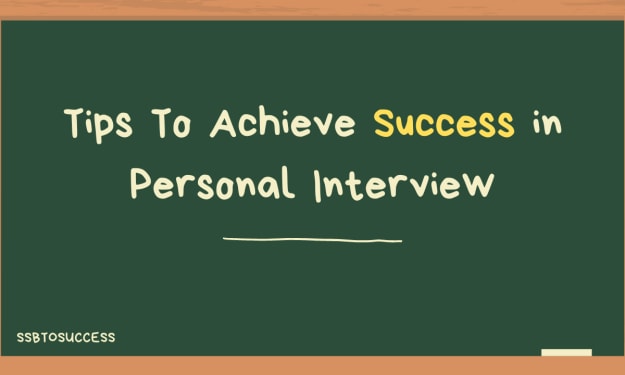The Art of Persuasion: How to Win People Over with Your Words
In a world where effective communication reigns supreme, the craft of persuasion holds paramount significance. Whether you don the hat of a marketer, salesperson, or a mere individual seeking to positively sway others, honing the art of persuasion can prove to be a game-changer.

Introduction
Persuasion entails the adeptness to sway others into embracing your perspectives, embracing your ideas, or embarking on a specific course of action. In this discourse, we shall delve into the strategies and methodologies that shall aid you in captivating hearts with your words, all while retaining an aura of authenticity and trustworthiness.
Decoding Your Audience
The bedrock of effective persuasion lies in comprehending your audience. To effectively communicate and influence others, you must first fathom their needs, desires, fears, and values. Engage in thorough research and garner insights about your target audience to tailor your message accordingly. The more intimate your understanding of their psyche, the better equipped you are to align your arguments with their interests, rendering your message all the more appealing and relatable.
Cultivate Credibility and Trust
Before attempting to sway someone, it is essential to establish credibility and trust. Individuals are more amenable to the influence of those they admire and trust. Share your expertise and accomplishments to showcase your authority on the subject matter. Substantiating your claims with pertinent data, testimonials, or case studies can further reinforce your credibility and foster a sense of reliability. However, refrain from exaggerating your achievements, as honesty serves as the cornerstone of maintaining trust.
Harness Emotional Appeals
Emotions wield considerable sway in the realm of decision-making. Harness the power of emotions by crafting persuasive messages that evoke sentiments such as joy, fear, excitement, or empathy. Personal anecdotes or storytelling can prove highly efficacious in forging an emotional connection with your audience. When individuals emotionally resonate with your message, they are more receptive to embracing your ideas.
Employ the Influence of Social Proof
Human beings have a penchant for following the herd, particularly when confronted with indecision. Social proof, in the form of testimonials, reviews, or endorsements from contented patrons or influential personalities, can wield a potent persuasive force. Illuminating the positive experiences of others who have already embraced your ideas or products instills confidence in the minds of your audience.
Leverage the Power of Reciprocity
The principle of reciprocity suggests that when someone extends a favor to us, we feel compelled to reciprocate. In the realm of persuasive communication, this principle can be put to good use by offering something of value upfront, without expecting anything in return. Providing free resources, valuable information, or a helping hand can foster a sense of indebtedness, thus augmenting the likelihood of your audience embracing your ideas.
Discover Common Ground
People are more amenable to persuasion from those with whom they share a connection. Unearth common ground with your audience by highlighting shared beliefs, experiences, or goals. Demonstrate an understanding of their perspective and show that your ideas are not entirely foreign to them. Establishing this sense of familiarity lays the foundation for a more receptive audience.
Addressing Counterarguments
Foresee potential objections and counterarguments that your audience might raise. Confronting these concerns head-on in your persuasive communication demonstrates that you have meticulously weighed different viewpoints and possess logical and well-reasoned responses. By proactively providing answers to their doubts, you bolster your position and quell any resistance.
Employ Lucid and Compelling Language
The manner in which you present your arguments carries significant weight. Utilize clear and concise language that is easily comprehensible. Eschew jargon or technical terminology that might estrange your audience. Be assertive and confident in your delivery, while maintaining a respectful tone and remaining open to discussions. Remember, persuasion entails influencing, not coercing.
Cultivate a Sense of Urgency
At times, individuals require a gentle push to take action. Creating a sense of urgency can prove a potent persuasive tactic. Limited-time offers, exclusive deals, or emphasizing the consequences of inaction can galvanize your audience into prompt action. However, ensure authenticity in your approach and refrain from resorting to false scarcity or manipulative strategies.
Embrace Active Listening
Effective persuasion transcends mere monologue; it necessitates active listening. Pay heed to your audience's responses and feedback. Acknowledge their input and convey the value you place on their opinions. Through active listening, you cultivate rapport and trust, thereby making it easier to win them over in the long haul.
Conclusion
The art of persuasion is a skill honed with time and practice. Understanding your audience, cultivating trust, invoking emotions, and deploying diverse persuasive techniques can significantly enhance your ability to positively influence others. Bear in mind that persuasion should always be wielded ethically and responsibly. By mastering the art of persuasion, you metamorphose into a more effective communicator, primed for success in diverse spheres of life, be it business, relationships, or personal growth. Practice, be genuine, and let your words become a powerful force for constructive change.
About the Creator
P A Syed Ameen Abbasi
Content Creator
Enjoyed the story? Support the Creator.
Subscribe for free to receive all their stories in your feed. You could also pledge your support or give them a one-off tip, letting them know you appreciate their work.





Comments
There are no comments for this story
Be the first to respond and start the conversation.